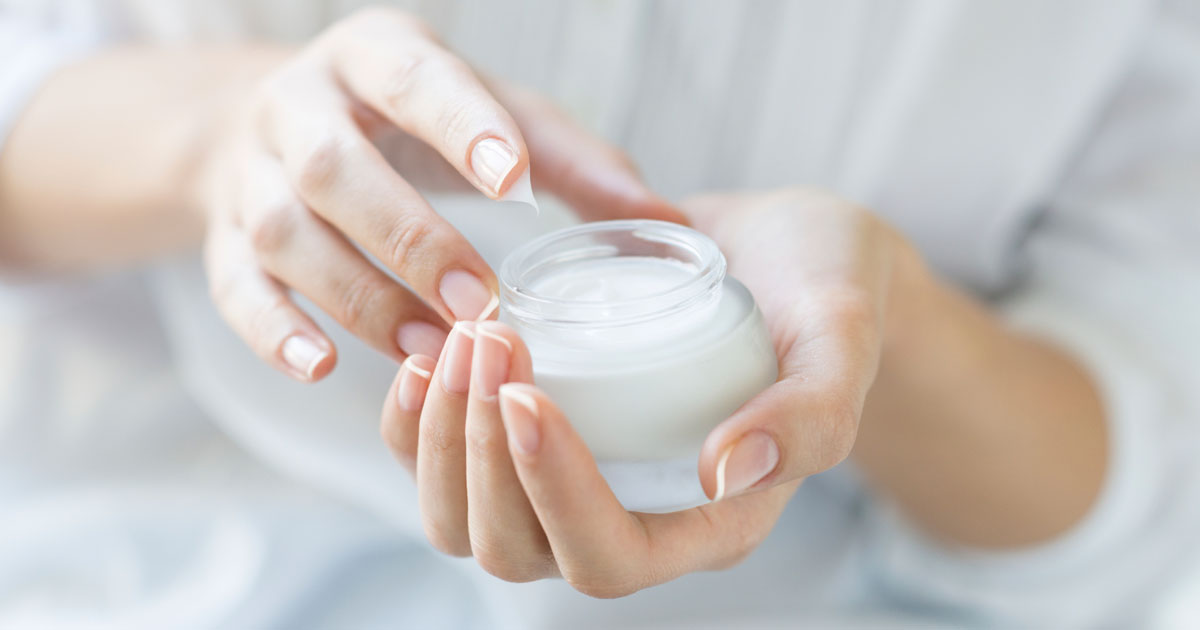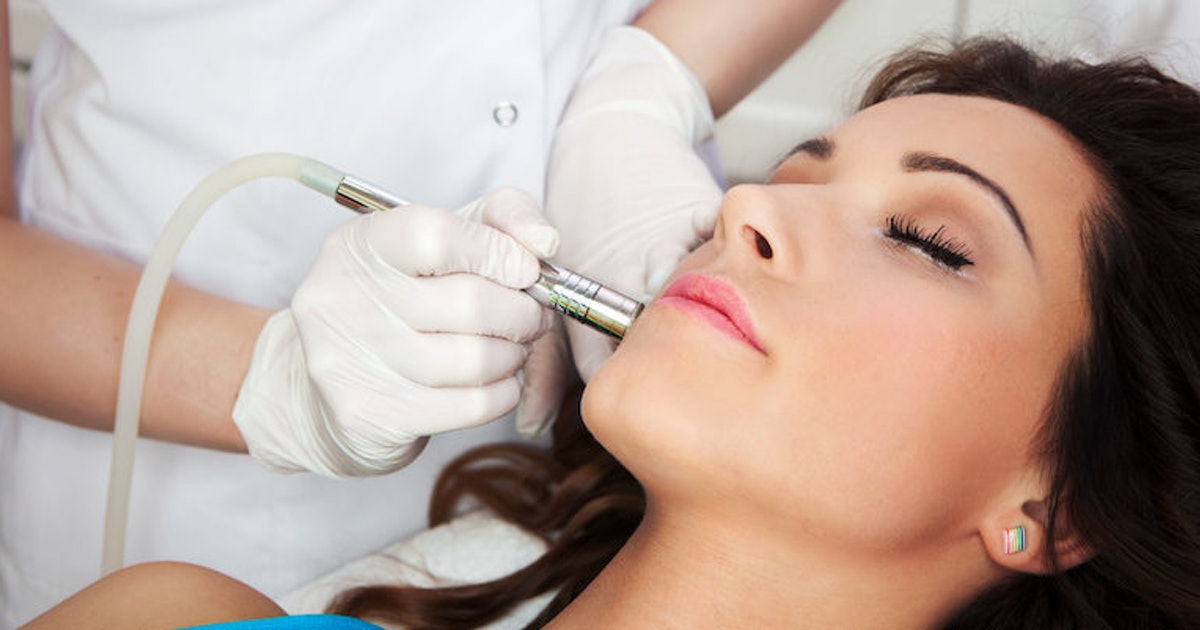Guide To Treating Broken Blood Vessels On The Face
Broken blood vessels on the face are also commonly known as spider veins. Though spider veins can appear anywhere on the body, they're most common on the face and legs. Individuals tend to experience the most worry about them when they appear on their face, since that's the most visible place for them. Spider veins typically don't cause symptoms beyond their red, weblike appearance, but if they cause distress, there are several treatment options. Spider veins have many potential causes, including immense changes in pressure inside the skin or outside air, like when an extreme weather system moves through the area. They can also be caused by blunt impacts, and individuals whose family members have them are more likely to develop them.
Read about treating broken blood vessels on the face effectively now.
Laser Therapy
Laser therapy, also known as light therapy, is a non-invasive and non-toxic way of destroying unwanted veins. The treatment is done by using focused light energy through a laser aimed the laser at the spider veins. The goal of the laser is to transmit photons, which will then be absorbed by blood cells found within the veins. As the cells absorb more and more photons, they generate enough heat to destroy the surrounding cells of the blood vessel. From there, the damaged vein shrinks in size and will eventually dissolve. This therapy is considered the top treatment option for broken blood vessels on the face. Though it can be used on other portions of the body, it's rare for laser therapy to be employed on leg veins. The risks from the treatment are minimal with a good dermatologist, but they do exist. Patients might experience swelling, bleeding, discoloration, and pain. More rarely, some might suffer infection, crusting, or permanent scarring.
Discover more treatments for broken blood vessels on the face now.
Retinoids

A good deal of research has established retinoids can help with the treatment of broken blood vessels on the face. These medications are most commonly used to treat acne, and have been used in acne treatment since 1971. Though retinoids don't work as a cure-all for skin issues, they may help with certain skin problems, spider veins being just one of them. For individuals with psoriasis that contributes to the spider veins, retinoids can help slow the growth of skin cells and prevent further flaky patches on the face. Most individuals treat their psoriasis with retinoid cream by putting a small dab on every sore each night before they go to bed. If the broken blood vessels are caused or worsened by a condition like psoriasis or rosacea, retinoids combined with steroids might be recommended to treat the underlying cause. Patients can talk to their dermatologist about whether retinoid cream will help with their particular skin issues. If not, doctors can recommend alternatives.
Get more information on managing broken blood vessels on the face now.
